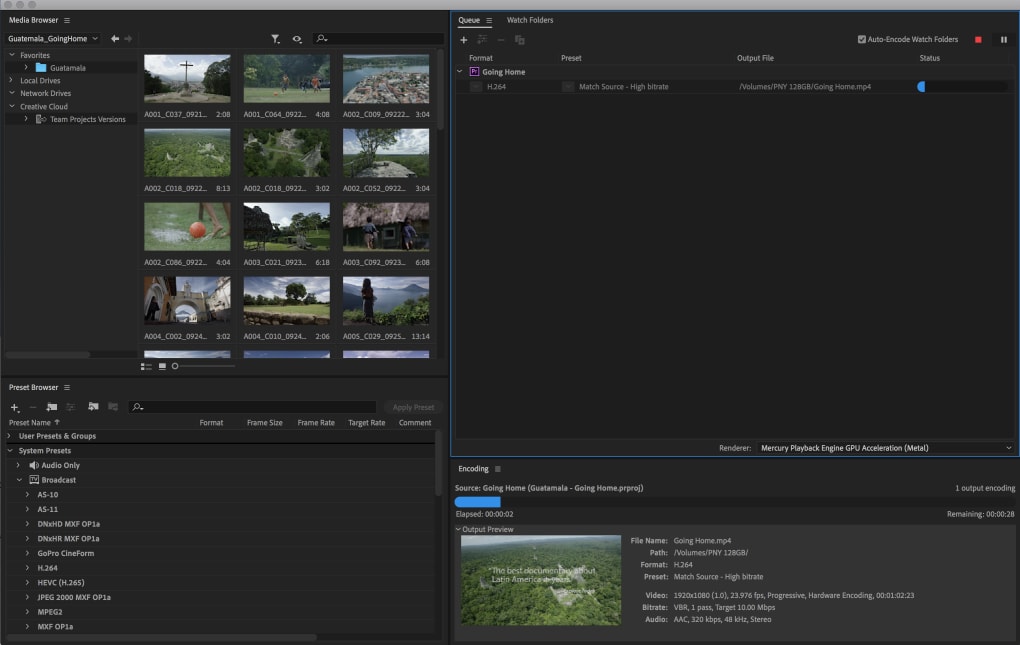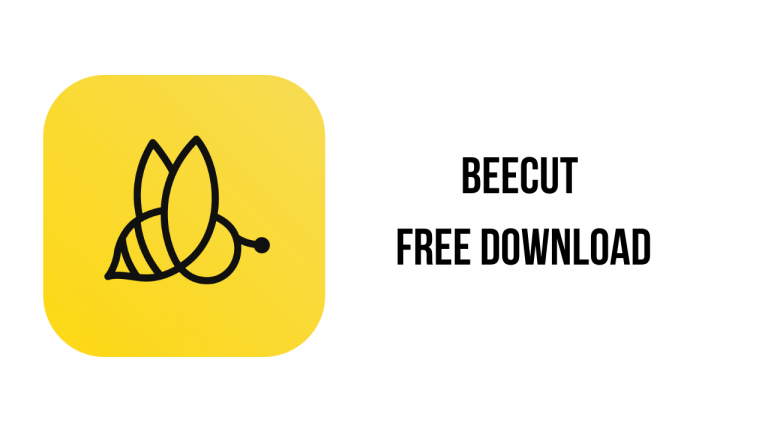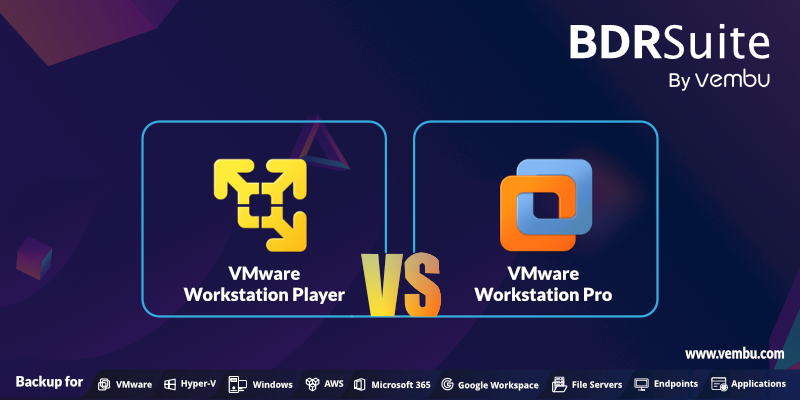Best News On Selecting Semarjitu
Wiki Article
What Are Adobe Media Encoder Versions And How Do Cs6 Compare To 2015 2022, 2020, And? How Do I Get Free?
Adobe Media Encoder, a software program that lets users to encode video and audio files in various formats to be used on different devices and platforms. Adobe Media Encoder works as an application that works with Adobe Premiere Pro and After Effects to export media.
Adobe Media Encoder CS6 - This version was released in conjunction with Adobe Creative Suite 6 in 2012. It added several new features to the Adobe Creative Suite 6, for example, video encoders that use GPUs, and the ability to export in more formats.
Adobe Media Encoder 15: The 2015 version included a number of new features, including support for HDR. The user interface was also enhanced.
Adobe Media Encoder 2020 – This version was released by Adobe in 2019 with a variety of new features. They include support for ProRes RAW and HDR in HEVC as well being able to export new formats to H.264 adaptive stream bitrate, along with enhanced performance and stability.
Adobe Media Encoder 2020: The new version, which was released in 2021, introduced new features like the ability to export at higher resolution and to create new presets on social media platforms. It also enhanced the performance and stability.
In general, each version of Adobe Media Encoder has introduced new features and improvements, such as support for new formats, better performance, and improved stability. The improvements have made it simpler for users to save their media files in various formats that are compatible with different platforms and devices. See the most popular https://micronsoftwares.com/ for website info.

What Exactly Is Beecut And The Differences Between Beecut And The Other Versions? How Do I Get Free?
BeeCut is an editing program for video that lets users create professional-quality videos through an easy-to-use user interface. BeeCut comes in two versions: Free and Pro. What are the differences between them?
BeeCut Free, the free basic version is also available to download. The free version allows users to edit videos with basic editing features such as trimming, splitting and combining. It also allows users to add music, text and other elements to their videos.
BeeCut Pro is the paid version with all the features and advanced features of the free software. With BeeCut Pro, users can gain access to more than 300 video effects, which include overlays, filters and transitions. Keyframe animations are also available, allowing users to create more intricate animations. Video stabilization is also available in the Pro version and exporting videos in 4K resolution.
The free version permits users to edit videos using simple editing tools. The Pro version comes with sophisticated features and editing tools that permit the creation of more complicated videos. Read the recommended https://micronsoftwares.com/ for blog tips.

What Is Photoscape And What Is It That Makes It Different From The Other Versions? How Do I Get Free?
Photoscape X Pro provides a variety of features designed specifically for professionals. Photoscape X Pro, a paid-for version of Photoscape X free software, has more advanced features designed for graphic designers and professional photographers. The different versions of Photoscape X Pro differ in their capabilities and features. regular updates are made to the software, adding new features. The following features can differ in different versions:
Batch editing capabilities The capability of multiple images being edited at the same time.
RAW image processing The capability to work with RAW image files
Color correction: This is the ability of adjusting colors and tones within your images.
Filters & effects: Use an array of filters and effects to enhance images
Clone stamps are a way to remove unwanted elements from your photos
Text and graphics - Include graphics and text into your images
Templates for Layouts and Collages templates that are pre-designed for making collages or layouts
Additionally, the pricing and availability of various versions could differ depending on your region and the platform you're using. See the best https://micronsoftwares.com/ for site advice.
![]()
What Are Vmware Workstations? What Are The Differences Between Them? How Do I Get Free?
VMware Workstation is virtualization software which allows users the ability to run virtual machines from one physical device. VMware Workstation is available in different versions with various features and compatibility. Here's a quick overview:
VMware Workstation 6.5 Version 6.5: Launched in 2008, this was the first version that was compatible with Windows Vista and 64 bit operating systems.
VMware Workstation 8 : This version, which was released in 2011, introduced features like multi-touch support and USB 3.0 support.
VMware Workstation 10 was launched in the year 2013. It included new virtual hardware features including SSD passthrough and Intel Haswell CPU optimizations.
VMware Workstation 12, released in 2015, included Windows 10 support as well as new hardware virtualization capabilities like support for DirectX 10 and 3D graphics.
VMware Workstation 14 Version 14 was released in 2017 and brought support for the latest versions of Windows and Linux operating systems, as well as support for new technologies, such as UEFI Secure Boot.
VMware Workstation 16, due out in 2020, will support Windows 10 and Ubuntu. This version also includes support for virtual hardware like Virtual NVMe and Trusted Platform Modules (TPM).
Every version of VMware Workstation also comes in various editions, like the Pro and Player editions that provide various functions and features. The Pro edition is targeted at professionals, offering higher-end features such as remote connections and cloning. It also integrates with vSphere. The Player Edition is, however is designed to be used for personal use. It has a simpler interface and fewer options. See the top rated https://micronsoftwares.com/ for more advice.

What Is Xrmtoolbox And How Do The Different Versions Vary? How Do I Get Free?
XrmToolBox is an open-source program that is used to manage Dynamics 365 and Power Platform environments. It comes with a variety of utilities and tools that perform various tasks including modifications, management of data, and debugging. The various versions of XrmToolBox vary in terms of capabilities, compatibility, and corrections to bugs. Some of the notable versions of XrmToolBox include: XrmToolBox 1.x: This version of the tool provided an essential set of functions that included solutions export and import, plugin registration, and workflow management. It was compatible Dynamics CRM 2013, 2011 and 2015.
XrmToolBox 2.x Version 2.x introduced new tools and enhanced capabilities, such as metadata browser forms and view editors as well as an attribute manager. It was also compatible with Dynamics CRM 2016 and Dynamics 365.
XrmToolBox 3.1 The release came with an updated UI, as well as new tools such as the Web Resource Manager and the Code Editor, along with an overhauled UI. It worked with Dynamics 365 and Power Apps.
XrmToolBox v4.x: The the main focus of this version was on improving the performance and stability. The tool also included new features, including the dependency checker as well as the attribute usage inspection. It was compatible with Dynamics 365 Power Apps.
XrmToolBox 5.x: This version included new tools, like the portal profiler and the model-driven design of apps. There were also bug fixes, improvements to the interface, as well as an improved performance. It was also compatible with Dynamics 365 Power Apps.
XrmToolBox 6.5: This update focused on improving the overall experience of a user by introducing a redesigned user interface as well as introducing new tools and enhancing performance. It also added support for the most recent versions of Dynamics 365 and Power Apps.